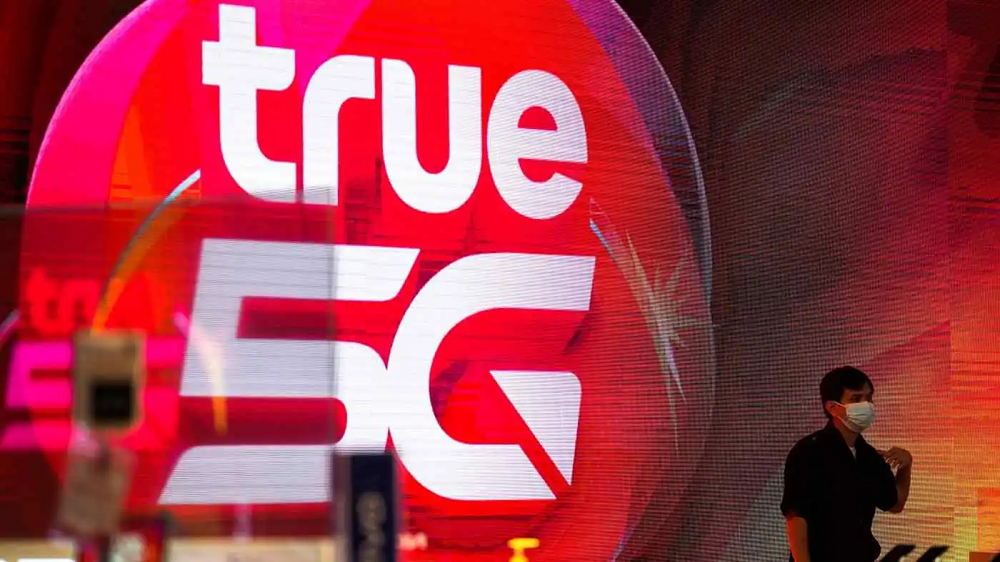
In Thailand, True – the country’s second-largest carrier – merged with Total Access Communication (DTAC), the third-largest carrier. The new company, which retains the True name, now controls more than half of the market, “stealing” the crown from Advanced Info Service (AIS), which had been the leader for more than two decades.
At a press conference in March marking the completion of the merger, True CEO Manat Manavutiveth said the company plans to expand 5G services to cover 98% of Thailand's population by 2026.
In Malaysia, Axiata Group’s Celcom merged with Digi.com. The combination of the third and second largest operators in the market, respectively, created a new “giant” with more than 20 million customers and rose to the number one position.
The deals are driven by capital expenditures needed for expansion and research and development. According to the GSM Association, investment in the Asia- Pacific telecommunications sector is expected to reach $134 billion between 2022 and 2025, with 5G spending accounting for about 75%. The race to build 5G networks is heating up.
The transition to new telecommunications standards often triggers mergers between carriers. For example, in 2014, Indonesia’s third-largest carrier XL Axiata acquired the fifth-largest carrier Axis Telekom Indonesia. That same year, Myanmar allowed Telenor and Ooredoo to enter the market.
During the Covid-19 pandemic, online shopping and cashless payments took off in Southeast Asia. As video streaming became the norm, data charges skyrocketed. The development of 5G networks became urgent.
Southeast Asian mobile users are also spending more time online. The Philippines leads the region with an average of 5.5 hours of mobile internet use per day, according to DataReportal. Thailand and Indonesia round out the top 10.
Southeast Asia has the potential to have more 5G service demand than any other region. Telecom equipment supplier Ericsson predicts that the number of 5G users in the region and Oceania will exceed 600 million by 2028.
According to Nikkei, the market is dominated by big players, causing concern. The Philippine mobile market is almost split between Globe Telecom and PLDT. Critics have criticized the quality of service as not being commensurate with the cost. To address that, the administration of former President Rodrigo Duterte pushed for other businesses to enter the market, leading to the creation of Dito Telecommunity in March 2021.
The Thai government has approved the merger between True and DTAC with certain conditions. However, consumer groups have expressed concerns that the merger will reduce the quality of service.
(According to Nikkei)
Source


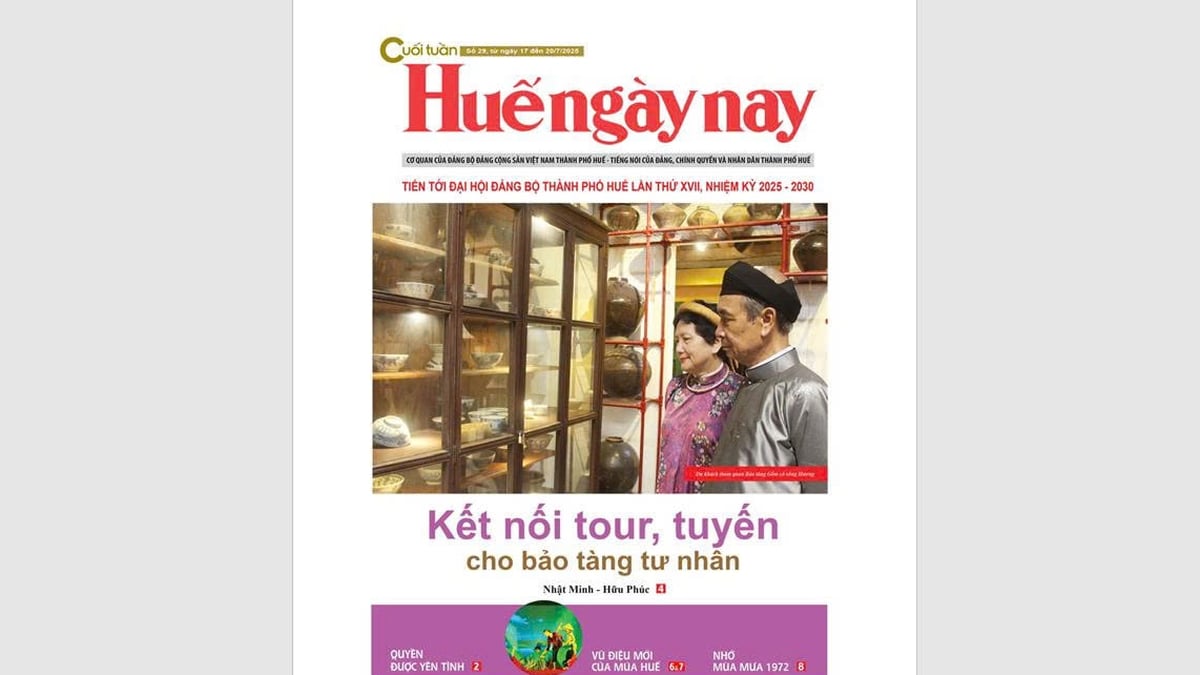

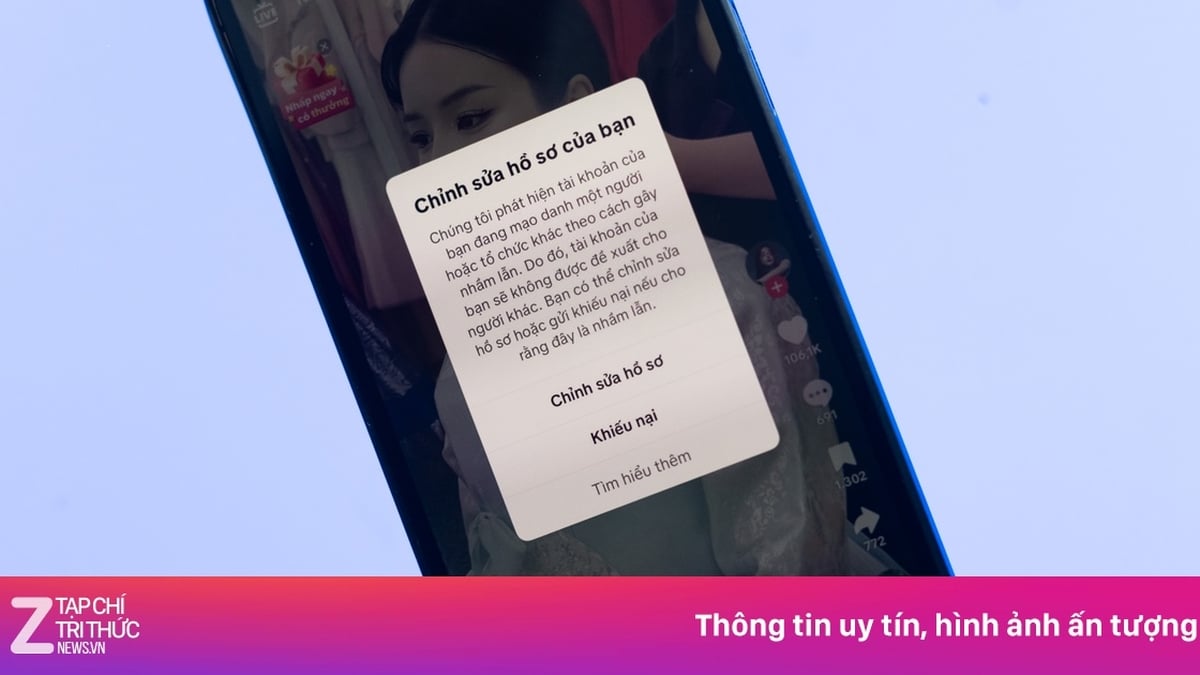
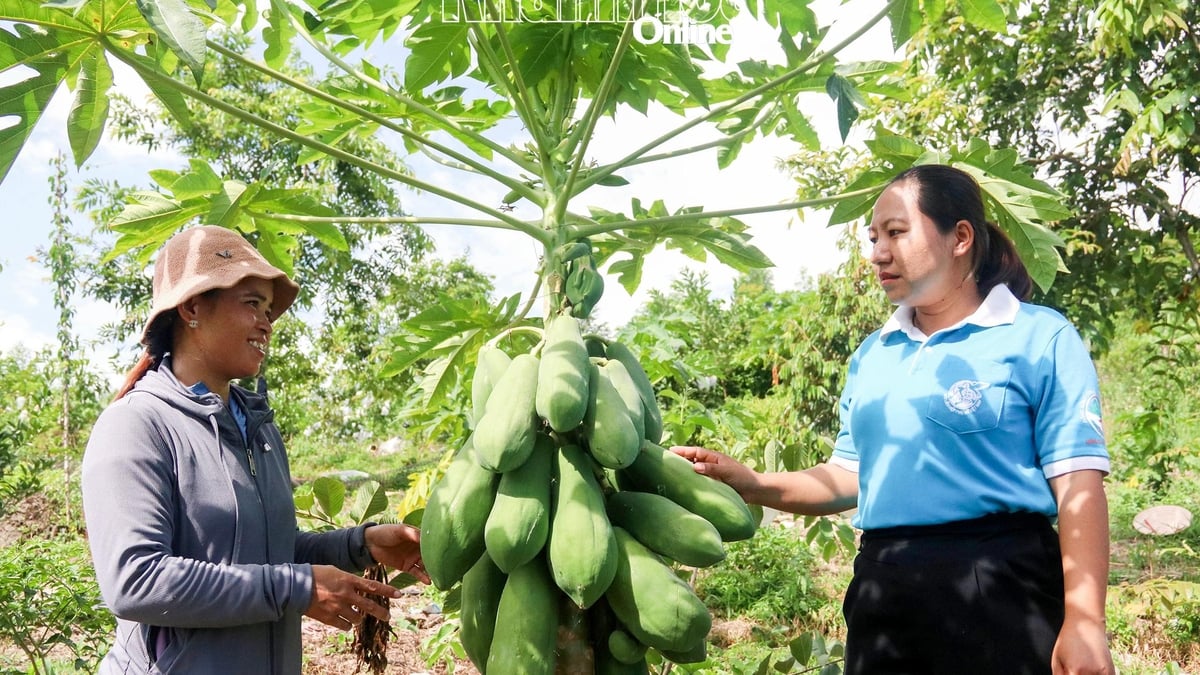
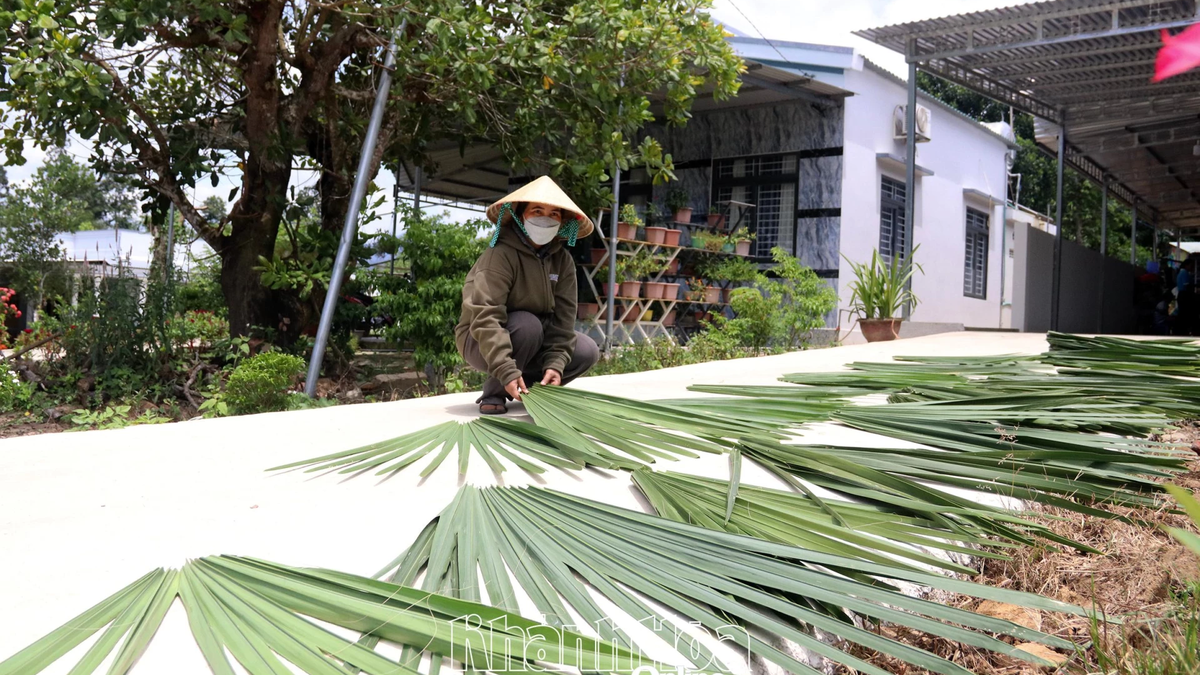

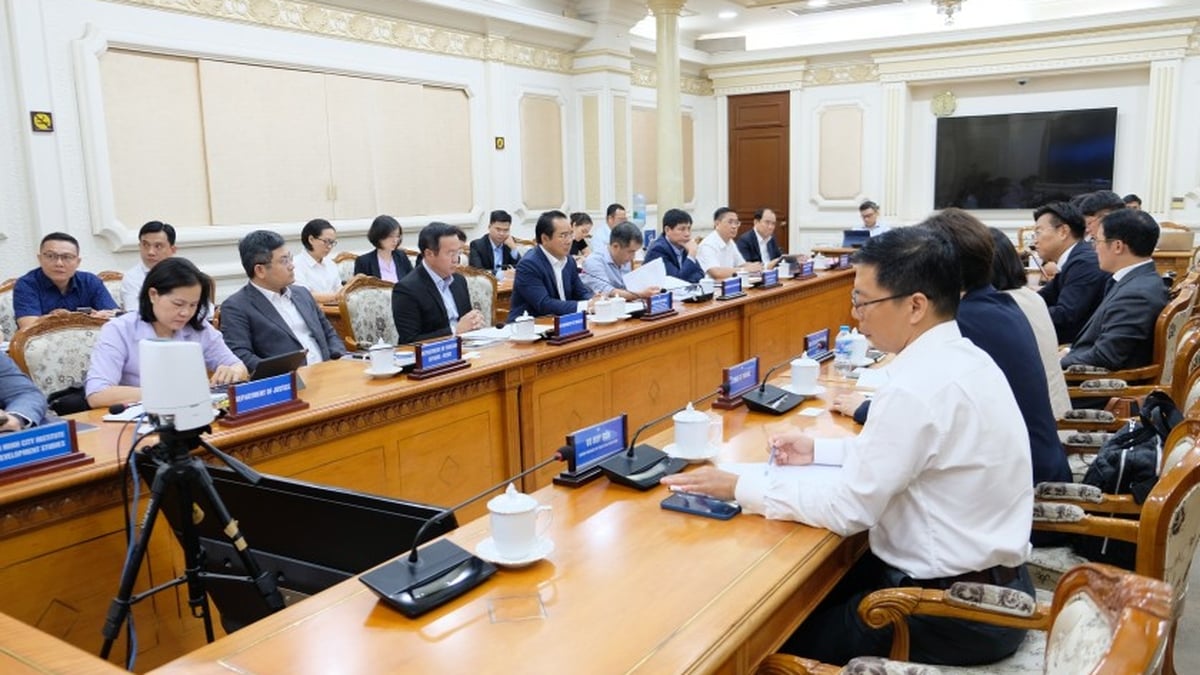
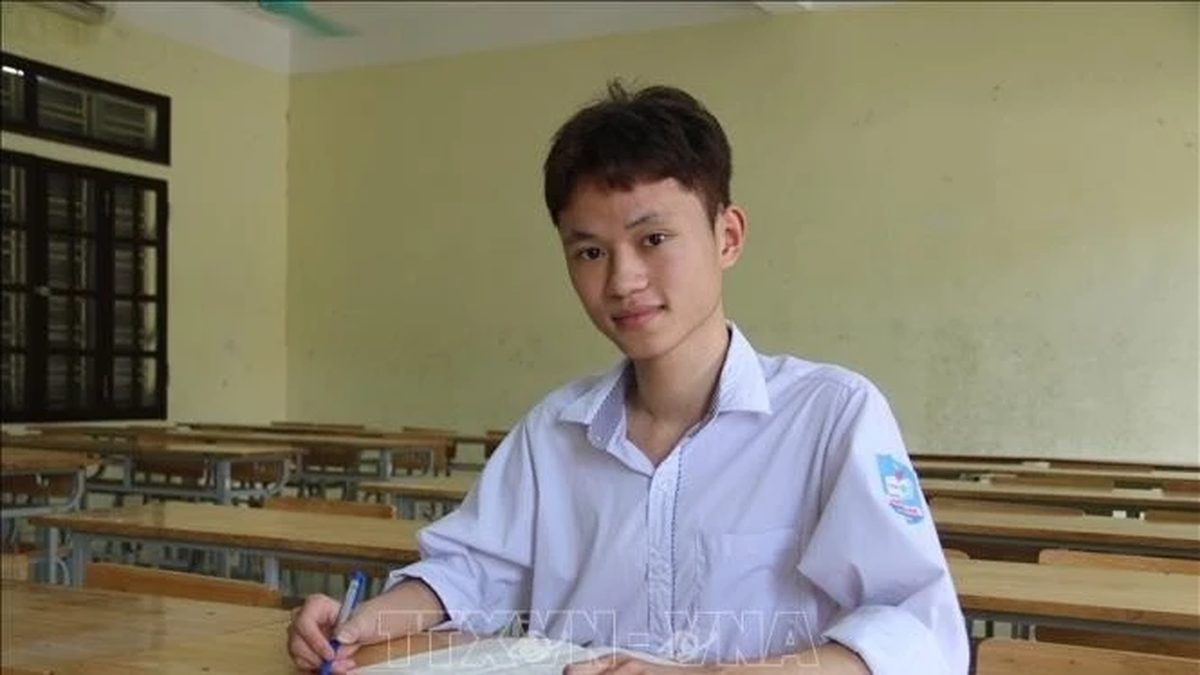
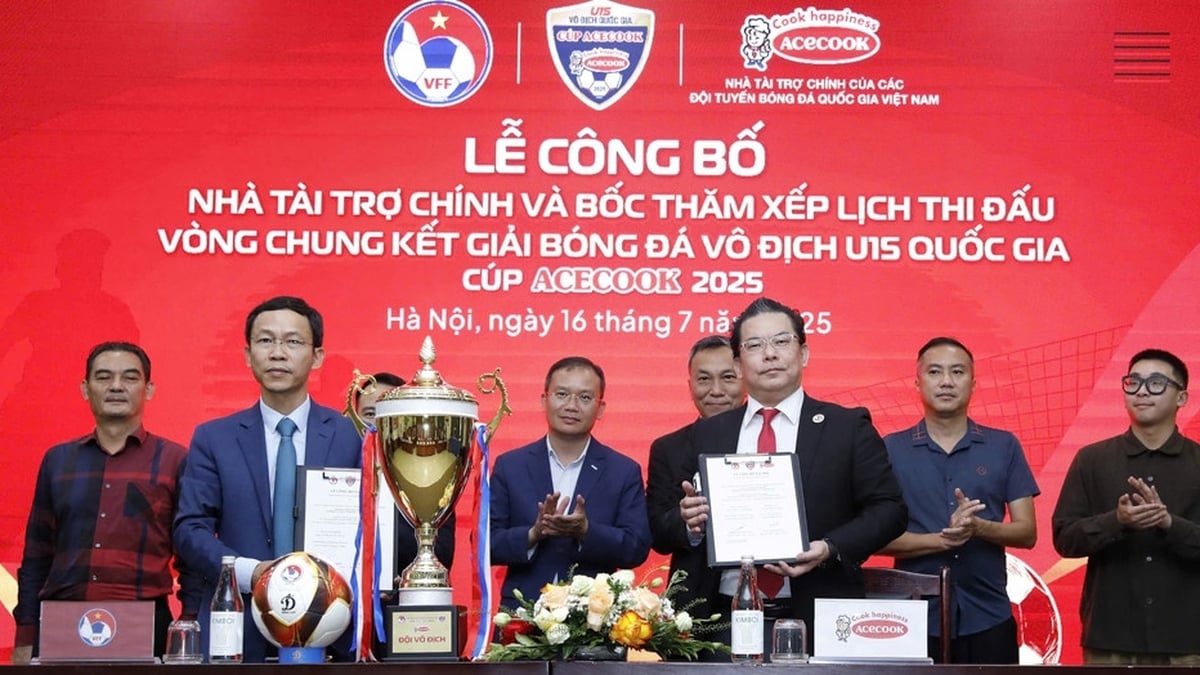
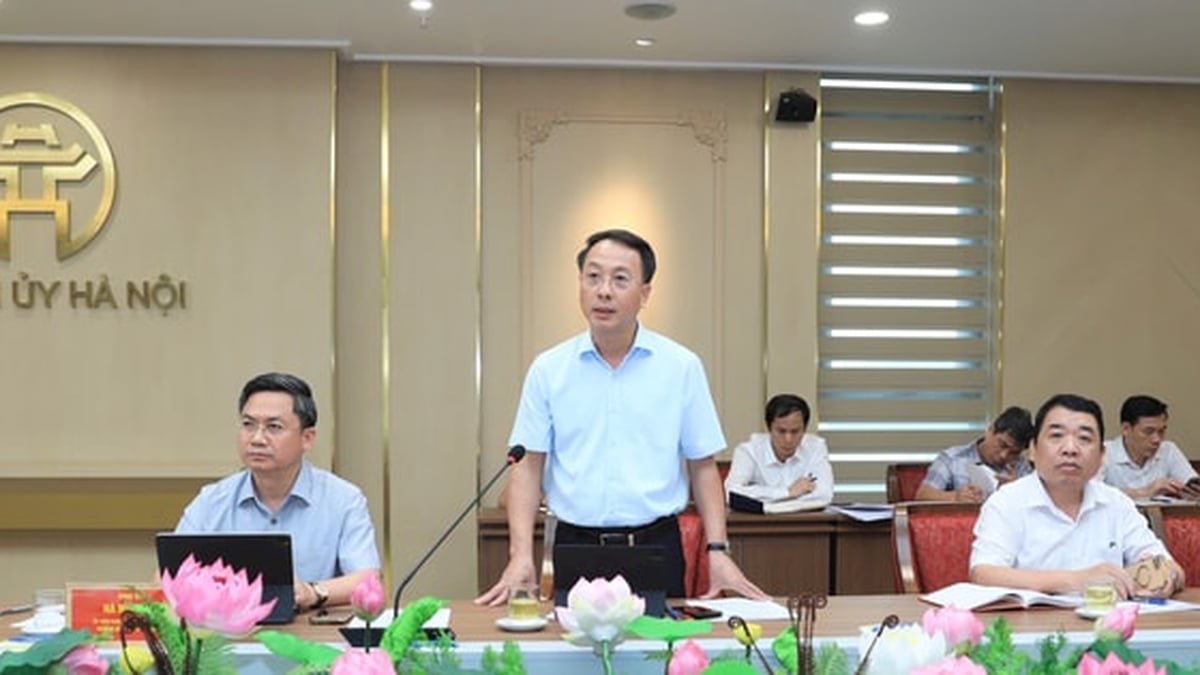







































![[Maritime News] More than 80% of global container shipping capacity is in the hands of MSC and major shipping alliances](https://vphoto.vietnam.vn/thumb/402x226/vietnam/resource/IMAGE/2025/7/16/6b4d586c984b4cbf8c5680352b9eaeb0)













































Comment (0)